Last year around this time, I collaborated with the team from YappGuru and we all posted about our top 10 apps for the year. I thought about doing it again this year and I realised whilst there are some great apps out there, and the list continues to grow, it’s not all about the app!
I use apps a lot in my clinical practice because they are versatile, offer a range of activities, easy to transport on one device, engaging and motivating for kids, and can be re-purposed for many different goals. I also get many questions from parents asking “what apps can I use to help my child spell, read, learn ….etc?” In fact I even did a series of blog posts on this which you can find here, here, here and here.
However, the more I use apps, the more I realise, it’s not only about the app, it’s how you use them. Every time I do an app review, I think about how I can use the content to achieve my goals. Eduwells (previously known as iPadwells) recently wrote a post where he highlighted this shift in thinking. Wells emphasises that “technology can still be so inviting to teachers, it can often damage the potential for learning.”
Using apps with children with when working with children with language-learning difficulties may require a far more nuanced understanding. In addition to the technology, there are a number of other interactions that should be considered. I touched on some of the things to consider when using an app for teaching and learning, in my post on memory
We know that technology is not going to go away, and it is our job as educators to research and use this tool to harness learning and learning potential in every child. By understanding the frameworks underlying what needs to be taught and learnt, teachers and therapists will be able to incorporate this medium more effectively.


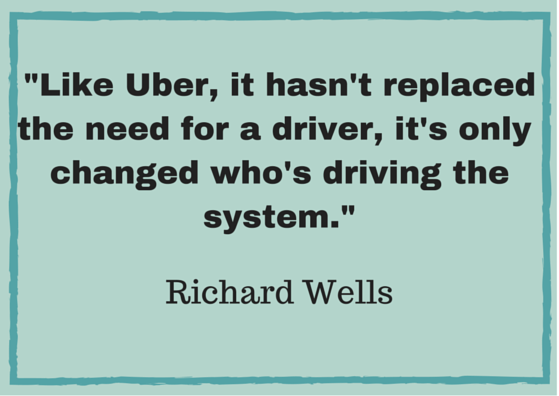


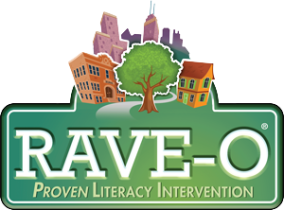

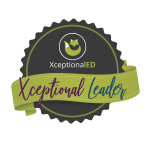
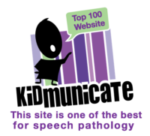
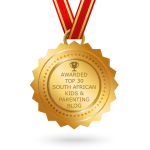
Recent Comments